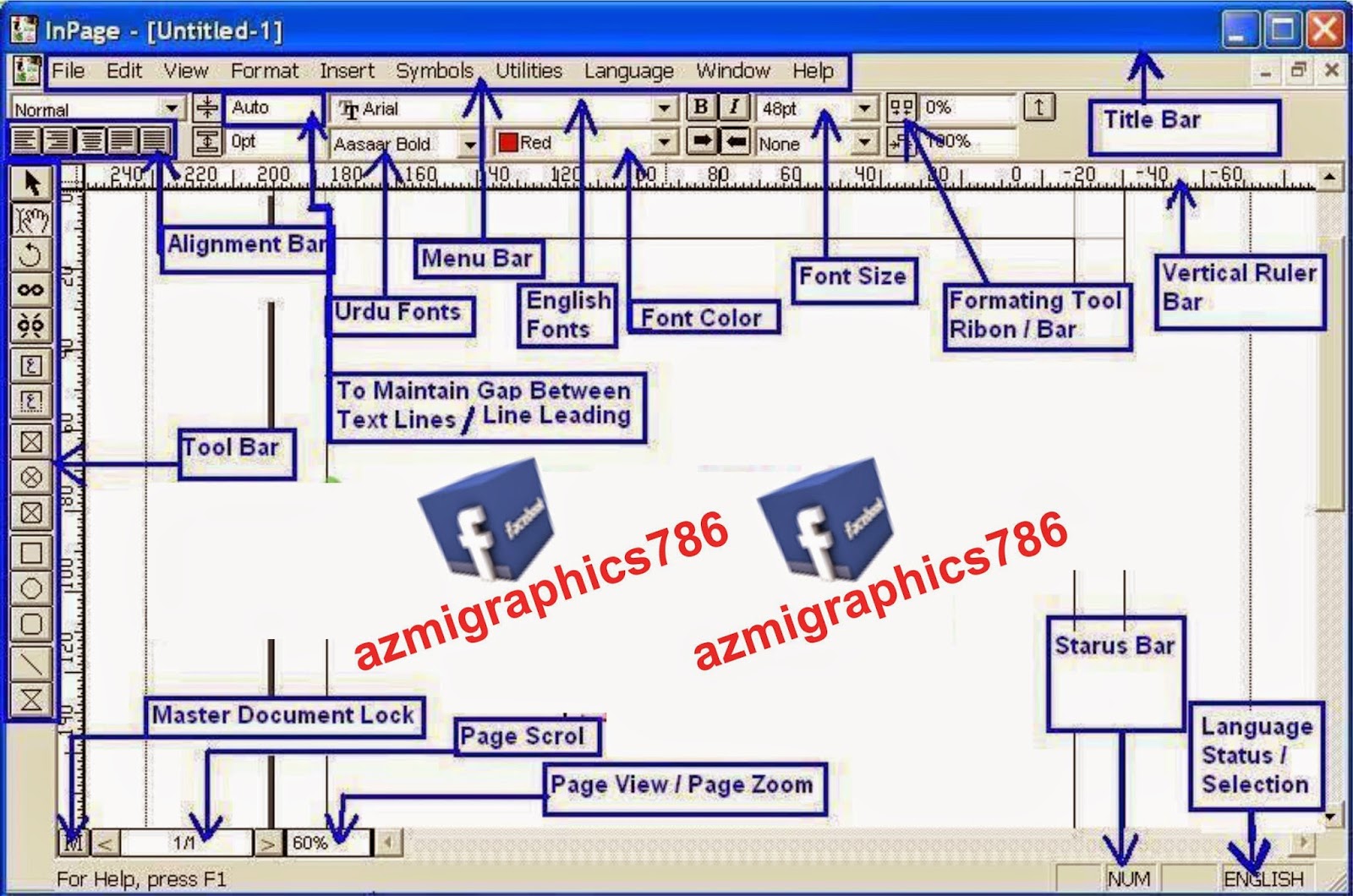Vmkfstools Windows 10
VSphere Command-Line Interface 6.0 Release Notes Released 12 Mar 2015 Build 2503617 is the 6.0 release of the vSphere Command-Line Interface (vCLI). Release Notes last updated on 10 Sep 2015 Check frequently for additions and updates to these release notes. VCLI 6.0 Release Notes Welcome to the vCLI 6.0 release notes. Version numbers referenced in this document are placeholders and do not represent any commitment by VMware to have any features included in specific software versions. This document contains the following information: • • • • • • • About vCLI The vCLI command set allows you to run common system administration commands from any machine with network access to those systems.
VCLI includes a set of host management commands and DCLI commands for managing vCenter services that are new in vSphere 6. You can run most host management commands against a vCenter Server system and target any ESXi system that the vCenter Server system manages. Many vCLI commands run on top of the vSphere SDK for Perl. Both vCLI and the vSphere SDK for Perl are included in the same installation package. Feature and Support Notice (New) The esxcfg- and vicfg- commands, and vSphere Management Assistant (vMA) will be deprecated in a future release. In ESXi 6.0 Update 1, the legacy commands used in versions 5.x and 6.0 remain functional. To ensure the best possible compatibility, use ESXCLI equivalents of legacy commands where applicable, as legacy commands are going to be deprecated in a future release.

I have a Windows 10 virtual machine hosted on a VMWare ESXi 5.5 server at home. I use it for simple things like a Plex media server, Calibre book server, and I run a Python script from GitHub ( PlexConnect ) to steer all traffic from my Apple TV back to the Plex instance.
What's New in vSphere CLI 6.0 Installation — The installer checks for the following additional Perl modules. These modules are installed from CPAN if they are not available on your Linux system. If the wrong version of module is available, the installer displays a warning but does not replace existing modules.
• JSON-PP-2.27203 • Devel-StackTrace-131 • Class-Data-Inheritable-0.08 • Convert-ASN1-0.26 • Cyrpt-OpenSSL-RSA-0.28 • Crypt-X509-0.51 • Exception-Class-1.37 • MIME-Base64-3.14 • UUID-Random-0.04 • Connecting to vCenter Server.You can still connect to an ESXi host directly, or connect to the ESXi host by targeting an embedded vCenter server system. If you connect through a vCenter Server system, best practice is to target the Platform Services Controller that includes the vCenter Single Sign-On server and to specify authentication information for a user who can authenticate with vCenter Single Sign-On. To target an ESXi host in an environment that has an embedded Platform Services Controller instance, run commands like this. You are prompted for the name and password of a user who can log in to vCenter Single Sign-On. #vicfg-nics -l --psc --username --password --vihost #esxcli hardware clock get --psc --username --password --vihost To target an ESXi host in an environment that has an external Platform Services Controller instance and multiple vCenter Server instances, run commands like this: #vicfg-nics -l --server --psc --username --password --vihost #esxcli hardware clock get --server --psc --username --password --vihost You can still target ESXi hosts directly and you can still target vCenter Server system that manages the ESXi host and specify the host with the --vihost argument as before.  Running ESXCLI vCLI commands — For improved security, ESXCLI now checks whether a trust relationship exists between the machine where you run the ESXCLI vCLI command and the target server.
Running ESXCLI vCLI commands — For improved security, ESXCLI now checks whether a trust relationship exists between the machine where you run the ESXCLI vCLI command and the target server.
